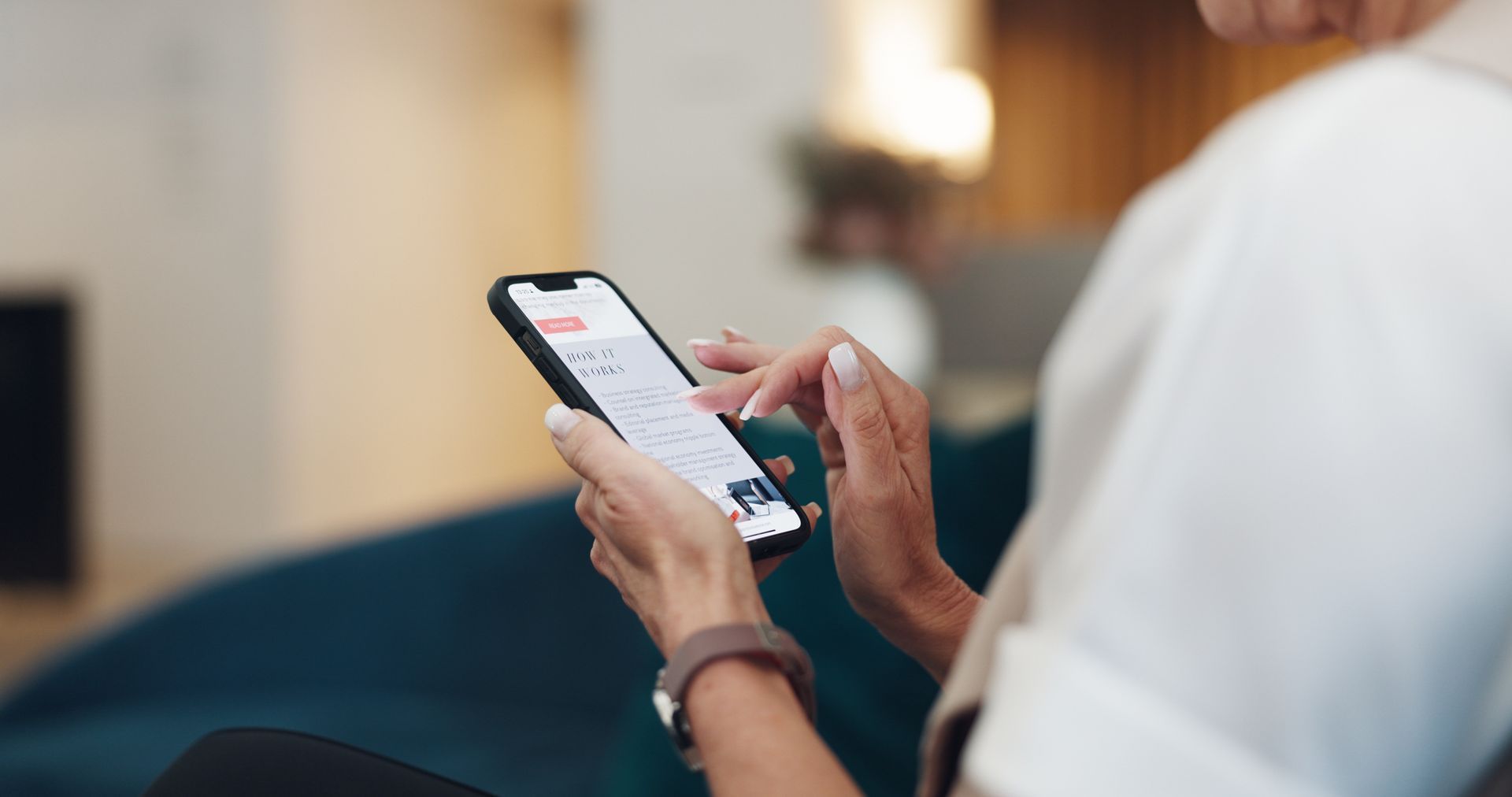Consistency in Web Design: How Structural Patterns Influence User Behaviour
Consistency in web design is essential.
Why?
Not only does it make your website look professional and trustworthy, but it also ensures that users can interact with it easily, which increases conversion rates.
Retaining a predictable structure to your website might seem limiting to your overall design but it’s actually critical when it comes to understanding user behaviour, and creating a user journey that flows naturally.
As
web design experts,
Infoserve knows all about it. And we are going to share some top tips on how to make sure your website is adhering to structural patterns that are proven to boost engagement.
What is consistency in web design?
Website design consistency refers to the practise of making sure the elements on your website are both:
- Consistent with each other
- Consistent with what is expected from a website’s structure and layout
Why is consistency in web design important?
Consistency in web design is as important as any design element you add for aesthetic appeal.
As a web designer, think of yourself as an architect; while you have the creative freedom to create a design that is unique, visually exciting and state of the art, you will need to follow certain structural rules to ensure optimum functionality and avoid confusing your users.
Like buildings, websites must observe basic structural principles as users have become accustomed to expect certain features to follow a conventional pattern. For example, home, contact and FAQ pages are always located in the same place so users will expect them to be there.
Navigating a website, like navigating a building, should be easy.
And this comes from making sure all of the main elements are exactly where the user expects them to be.
The impact of inconsistent design
Inconsistent design can have a much bigger impact than many people realise.
According to
Webdesigner Depot,
42% of users will leave a website because of poor functionality.
The structure of your website goes hand in hand with its functionality. And, when it takes a user less than 5 seconds to determine whether they are going to stay on your website, you need to do everything to make sure they feel comfortable.
Inconsistent web design can:
- Confuse Users: If elements like navigation menus, buttons, or logos move from one page to the next, it can frustrate users. They might not know how to get to important information or feel lost within the site.
- Increase Bounce Rates: When users struggle to navigate your site due to poor design consistency, they’re more likely to leave and look elsewhere. High bounce rates often indicate a frustrating user experience.
- Decrease Trust: A site that looks disjointed or inconsistent can feel unprofessional. Users are less likely to trust your brand if they perceive your website as poorly designed or difficult to navigate.
- Make your website less accessible: Accessibility is not just a luxury, it is a necessity and unpredictable website design can be harder to navigate with screen readers and even cause disruption for neurodivergent people and people with reduced eyesight.
How to achieve consistency in web design structure
Aesthetic Features
The internal elements of your design need to be consistent across the website. If you have a solid branding pack, then you’ll already have an idea of all the details of your design, but there shouldn’t be any surprises when it comes to:
Colour Scheme:
Your website’s colour palette should be consistent across all pages. Stick to your brand colours as defined by your branding guidelines or style guide.
Avoid adding random colours that don’t match your established palette, as this can disrupt the visual flow and create a disjointed experience for users. Use consistent accent colours for buttons, links, and call to action sections.
Typography:
Fonts should also follow a uniform pattern.
Choose a primary and a secondary font that complement each other and stick to them throughout the website. Ensure that headings, subheadings, and body text are formatted similarly across all pages, with consistent font sizes, line spacing, and weights.
Layout:
Consistent layouts across pages ensure that users know where to find key information, no matter what page they are on. Keep page structures uniform by using the same grid system, spacing, and alignment.
This helps users feel oriented as they move from one section of the site to another.
Imagery and Graphics:
Your choice of imagery should align with your brand identity and remain consistent in style. If you use illustrations, make sure they follow a similar theme.
Stock photos, custom graphics, or illustrations should have a consistent tone and quality. This applies to not just individual pages, but throughout the entire website.
Buttons and Interactive Elements:
Buttons, hyperlinks, and interactive elements like forms should follow a similar design language. They should look and function the same way across all pages, reducing any uncertainty for the user when interacting with different sections of the site.
Structural Consistency
Structural consistency refers to the arrangement of key website components that align with user expectations. Websites that use a consistent structure make it easier for its users to navigate and find important information, regardless of where they are on the site.
Your user shouldn’t need to learn how to use your website when they land on it. Although it can be fun to change things up, it can also put people off because it takes more effort to get the information they’re looking for.
Use these rules to standardise your website and make sure it is as easy to use as possible:
1. Main Navigation at the Top of the Page
The navigation menu must sit at the top of the page where users can quickly access key information. The links within the navigation should be in a consistent order, following the pattern of:
- Home Page
- About Us
- Shop/Services
- Contact Us
In some instances, you can get away with changing the order of these categories, adding more categories in, or even having two lines of navigation. However, keeping your main navigation bar at the top of the page creates a predictable experience that is intuitive for users to understand.
2. Logo Placement in the Top Left/Center
The placement of your logo should be either at the top left or top middle of the page. This is applied so it becomes the first thing user’s see when they land on your website as the eye is naturally drawn there due to English reading patterns.
Keeping your logo in a predictable spot also reinforces brand identity throughout the site.
3. Clickable Logo Links to the Homepage
It’s an industry wide best practice to make the on your website logo clickable, with a link back to the homepage.
This feature has become so common that users expect it, and will automatically click on the logo rather than the main navigation to return to the home page. Therefore, if your logo doesn’t take them back to the homepage, it can lead to frustration.
4. Shopping Cart Button in the Top Right
With the logo in the top left corner, you leave space for the shopping cart button to be in the top right corner. Because this is one of the most critical elements of the user journey, it becomes even more important that finding it is as easy as possible, and placing it in a predictable location achieves this.
It will create a smooth check out experience, and also lead to less frustration if potential customers want to check or manage their order.
5. Secondary Navigation in the Footer
The footer serves as a great space for secondary navigation.
While the primary navigation handles the most important links, the footer can offer easy access to additional pages such as legal information, FAQs, privacy policies, or social media profiles.
Consistent footer design ensures that users always know where to look for this secondary information, no matter what page they’re on.
Not sure where to start?
At Infoserve, we build websites that everyone can use. Our web design experts are on hand to help you create and build a UX first website with accessibility built in, and our PPC and SEO team help your website get found.













